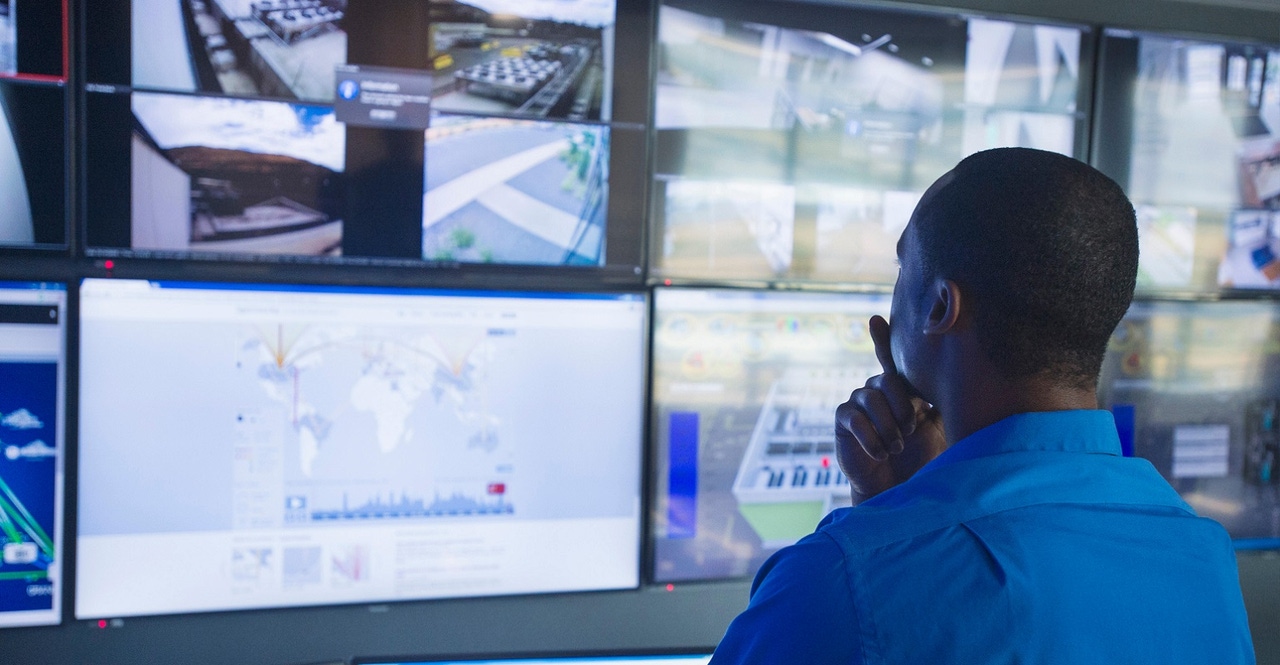5 Physical Data Center Security Threats That Are Easy to Miss5 Physical Data Center Security Threats That Are Easy to Miss
A secure perimeter isn't enough to protect your data center from physical security threats. Don't overlook these five threats.

At first glance, physical security may seem like the easiest component of data center security. Preventing unauthorized physical access is simpler than managing malware, code injection attacks, and the myriad other threats that target assets at the software level.
The reality, though, is that physical data center security can be more challenging than it first appears. It involves more than just establishing a secure perimeter using barriers like fences, gates, and doors to stop malicious actors from gaining physical access to data center equipment.
To prove this point, here's a look at five physical data center security threats that are easy to overlook, but critical to manage if you want to keep the bad guys out of your facilities.
1. Hacking of Software-Based Physical Security Systems
Physical security protections such as locks are a great way to mitigate unauthorized physical access to data center facilities — but only if they're properly configured to define who should have access and who shouldn't.
If attackers manage to compromise the software systems that manage physical access rules — as they did in a recent breach involving data centers in Asia — physical access controls cease to be very effective.
This is one example of how the lines separating software security from physical security can blend together, requiring businesses to think holistically about how they manage physical access.
2. Physical Tampering with Hardware Before It Reaches the Data Center
Controlling physical access to data centers helps prevent malicious actors from planting malware on servers, networking equipment, or other physical devices that reside inside the facility.
However, access controls at the data center don't guarantee that no one has tampered with equipment before it arrived. Physical security breaches could occur if threat actors manage to intercept servers or other devices before they are installed.
Managing this risk requires establishing strong security controls within the supply chain that your business uses to obtain data center infrastructure.
3. Unauthorized Movement Within Data Center Facilities
Sometimes, securing the physical data center perimeter is not enough. Some individuals may have legitimate reasons to enter some parts of a data center (such as cleaning it) but not others.
That's why perimeter-level physical security protections aren't enough. Physical access controls should be granular enough to define which individuals can access which specific server racks or other equipment.
4. Malicious Insiders and Physical Data Center Security Risks
Along similar lines, there is a risk that an individual to whom you grant data center access may end up acting maliciously, even if he or she is supposed to be trustworthy.
Malicious insiders are a problem for software-level security breaches, too. But they perhaps don't receive as much attention as they should within the context of physical security.
5. Remote Physical Attacks That Disrupt Data Center Services
Sometimes, the bad guys don't want to gain physical access to data center equipment to install malware or steal data. They just want to disrupt operations.
In that case, they may be able to achieve their goals without breaching any physical security controls. They can launch physical attacks remotely by, for example, plotting to bomb data centers — something that some extremists have threatened to do in response to anxieties about AI.
Fortunately, attacks like these have not yet become an issue for data center operators. But they're a risk worth considering, especially in an age when the politics surrounding data centers and the workloads in them have become so fraught.
Conclusion
Physical data center security starts with creating a secure perimeter, but it shouldn't stop there. Data center operators and businesses that deploy workloads in data centers should also consider physical security threats that can't be contained at the perimeter level, such as tampering with hardware while it is in the supply chain and malicious insiders who are granted access to data center facilities.
About the Author
You May Also Like









